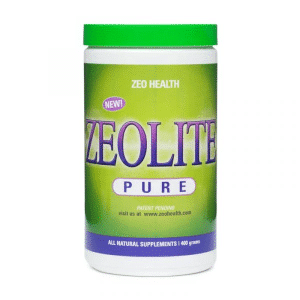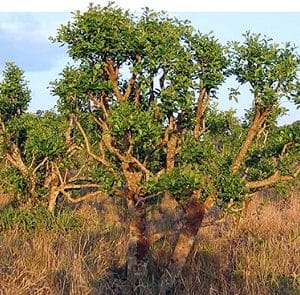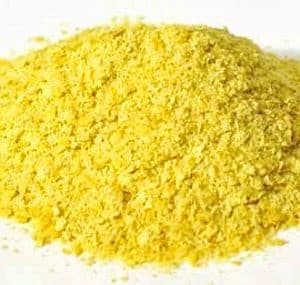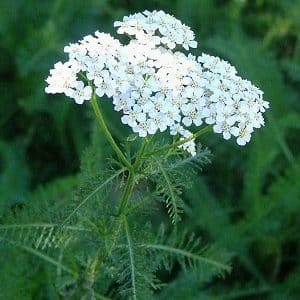Botanical and Common Names
Turmeric is an aromatic perennial, reaching about three feet in height. It produces long tapering leaves and white or pale yellow flowers that grow in spikes. Turmeric is likely indigenous to India where it is still cultivated as well as in other tropical regions of Southeast Asia. Zedoary is found in India, Bangladesh, Indonesia, China, and Madagascar, the Moluccas, the Philippines, and New Guinea. Curcuma is indigenous to the forests of Indonesia and the Malaysian peninsula. It is cultivated mainly on Java, in Malaysia, Thailand, and the Philippines and harvested in the second year of growth.
Better known as a food spice and colouring agent, turmeric has also long been used as a medicine. Only during the last two decades has research caught up with ancient knowledge to affirm its use as a treatment for digestive and liver problems and for relieving inflammatory conditions.
As its name suggests, mango-ginger rhizomes have the scent similar to that of mangoes. It is used as a food, medicine, and in perfumery, as are all the other relatives of the plant.
Key Actions
Key Components
Cautions




